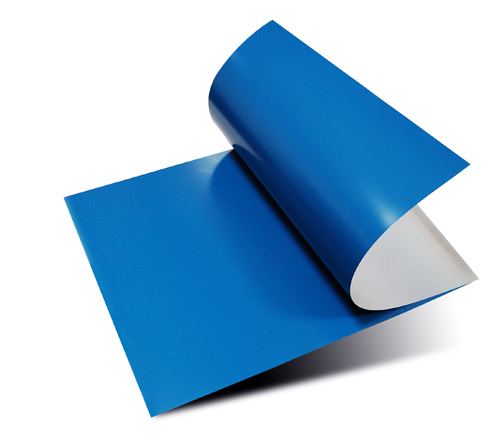Nov 06,2024
In the printing field, CTP (Computer-To-Plate) and CTCP (Computer-To-Conventional Plate) plate technologies have always been a hot topic. Understanding the difference between them is crucial for printing companies to choose the right platemaking solution. Let's take a multi-angle look at these two plates.
CTP plate: CTP technology uses digital signals from a computer to directly image the plate. The most common method is through laser ablation or exposure. For example, in thermal CTP, a high-energy laser beam heats the photosensitive layer of the plate, causing chemical or physical changes that distinguish between image-bearing and non-image-bearing areas. This direct platemaking process eliminates the need for intermediate film steps, simplifies workflow and improves accuracy.
CTCP plate: CTCP is a hybrid technology. It uses a conventional plate (usually a photosensitive plate designed for conventional platemaking methods) and a digital imaging device. The imaging device emits ultraviolet (UV) light to expose the plate. The principle is somewhat similar to traditional platemaking, still utilizing the photosensitive properties of the plate, but the exposure source is digital and more precisely controlled than traditional methods.
CTP plates: It is usually designed to be highly sensitive to the specific imaging technology used. For example, some thermal CTP plates have a coating that reacts precisely to the heat of the laser beam. These plates may have different chemical compositions and structures compared to traditional plates. Due to their advanced design and the need to work with specific CTP equipment, they are usually more expensive.
CTCP plates: CTCP plates are based on more traditional plates. They are sensitive to UV light and have a similar chemical composition to traditional printing plates. Because they are more like traditional plates, they may be more compatible with existing plate handling and processing equipment in printing plants that already have traditional platemaking infrastructure.
CTP plates: CTP technology generally provides higher resolution and more accurate image reproduction. The direct digital imaging process allows for finer control of dot structure and better color registration. This is especially important for high-quality printing such as art books, high-end magazines, and fine art printing. Eliminating the film step also reduces the potential for image degradation that can occur during film handling and transfer.
CTCP plates: CTCP can produce high-quality images, but in some cases, the resolution may not be as high as CTP. Using more traditional platemaking methods and relying on UV exposure (which may have some limitations in accuracy compared to laser-based CTP) may result in slightly less accurate image reproduction. However, for many general printing applications, the difference in image quality may not be significant.
CTP Plates: CTP platemaking equipment is generally more expensive. It requires high-precision laser imaging equipment and often requires a dedicated workflow system to handle the digital data and plate handling steps. The plates themselves may also be more expensive. However, in the long run, the elimination of film and associated costs and the potential for increased productivity can offset the initial investment for high-volume printing operations.
CTCP Plates: CTCP equipment is generally less expensive because it can utilize some existing traditional platemaking equipment and add a digital UV exposure unit. The plates are also generally less expensive than CTP plates. This makes CTCP a more cost-effective option for smaller printers or those with lower print runs that still want to take advantage of some of the benefits of digital platemaking.
CTP Plates: CTP offers a more streamlined workflow because it converts digital data directly to plates. Production speeds are relatively fast, especially for short-run jobs that require a quick turnaround. Once the digital file is ready, the plates can be imaged and processed in a relatively short period of time. The digital nature of the process also allows for easier integration with digital prepress systems and color management software.
CTCP Plates: Due to its hybrid nature, the workflow for CTCP can be slightly more complex. In addition to digital exposure, the process may involve some traditional steps. Production speeds can be slower compared to CTP, especially if traditional plate processing steps are time-consuming. However, for printers already familiar with traditional platemaking methods, the transition to CTCP can be more gradual and easier to manage.
CTP and CTCP plates each have their own characteristics and advantages. Printing companies can choose the most suitable platemaking technology according to their own production scale, quality requirements, cost budget and existing equipment. It is hoped that this analysis of the differences between the two can provide a useful reference for colleagues in the printing industry in the platemaking decision-making process.

GET A QUOTE